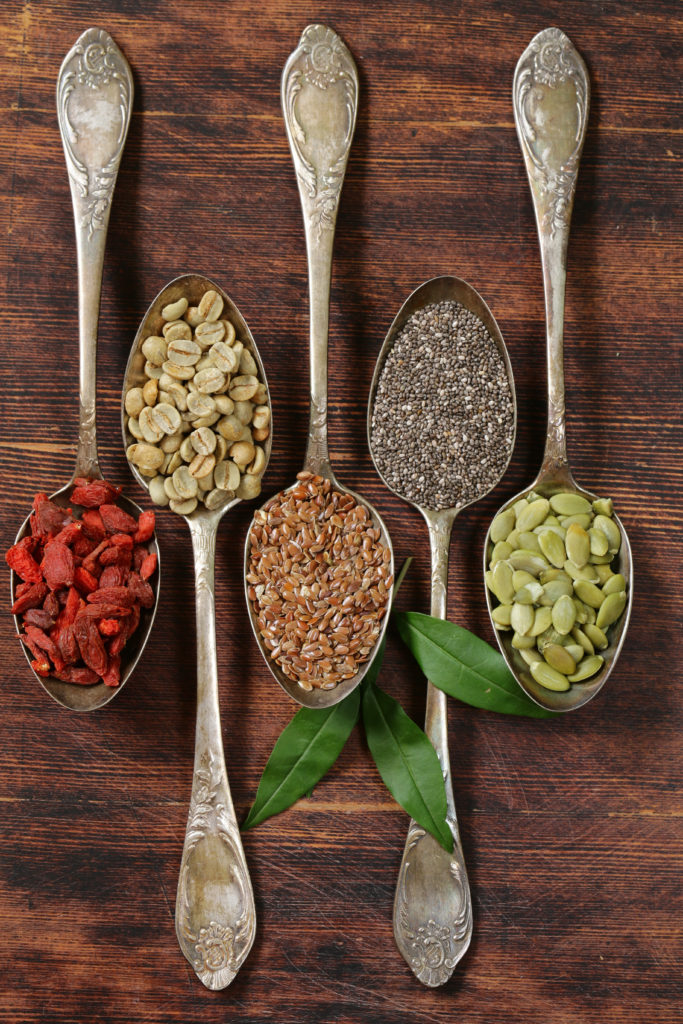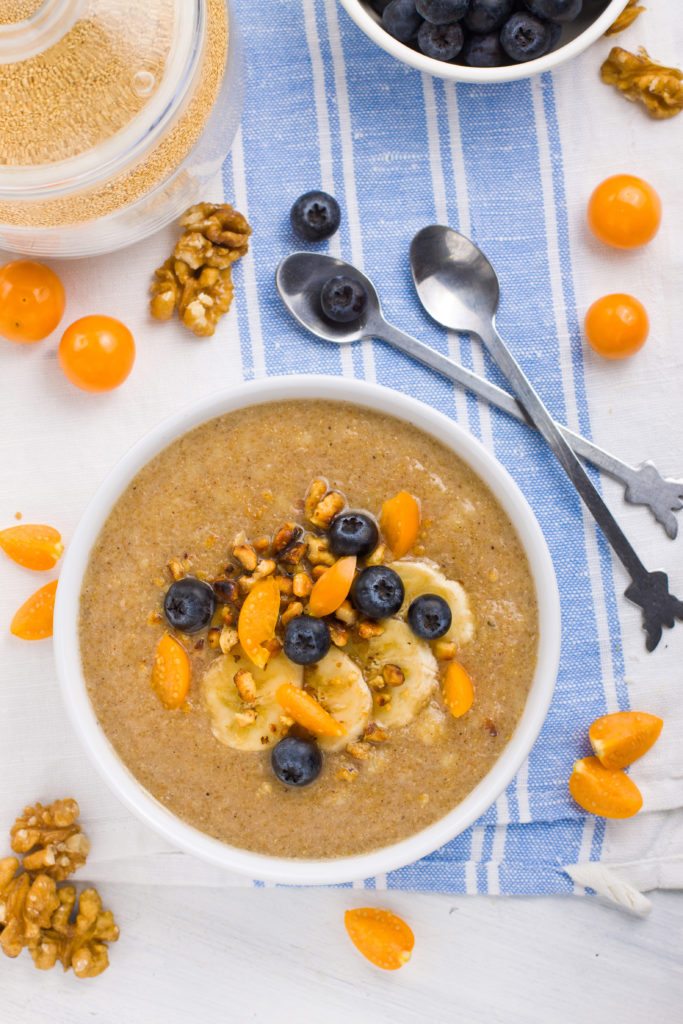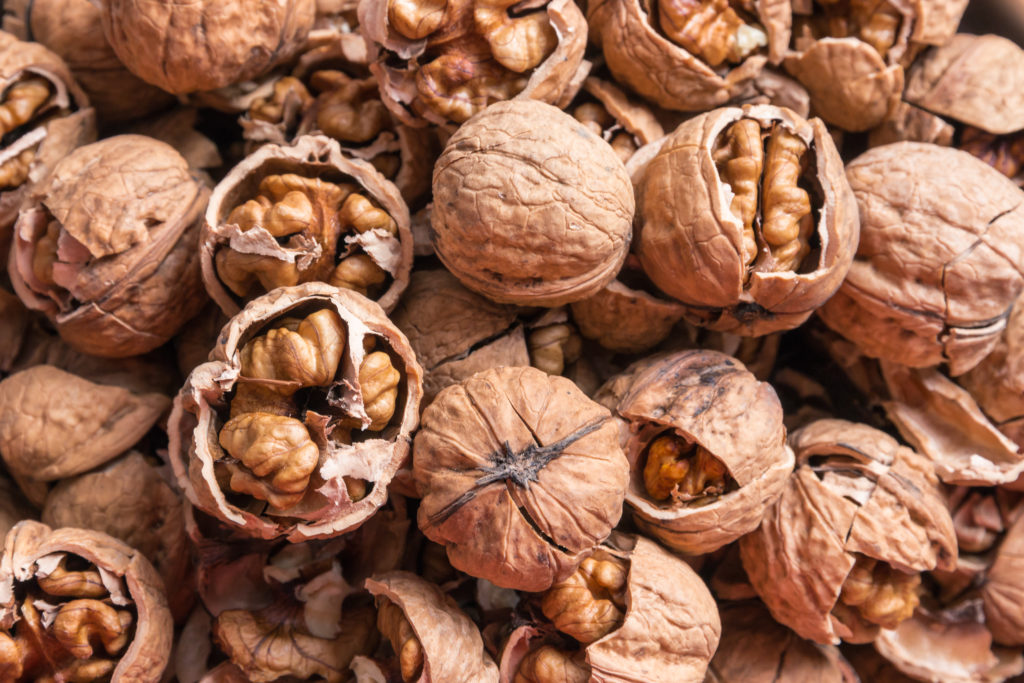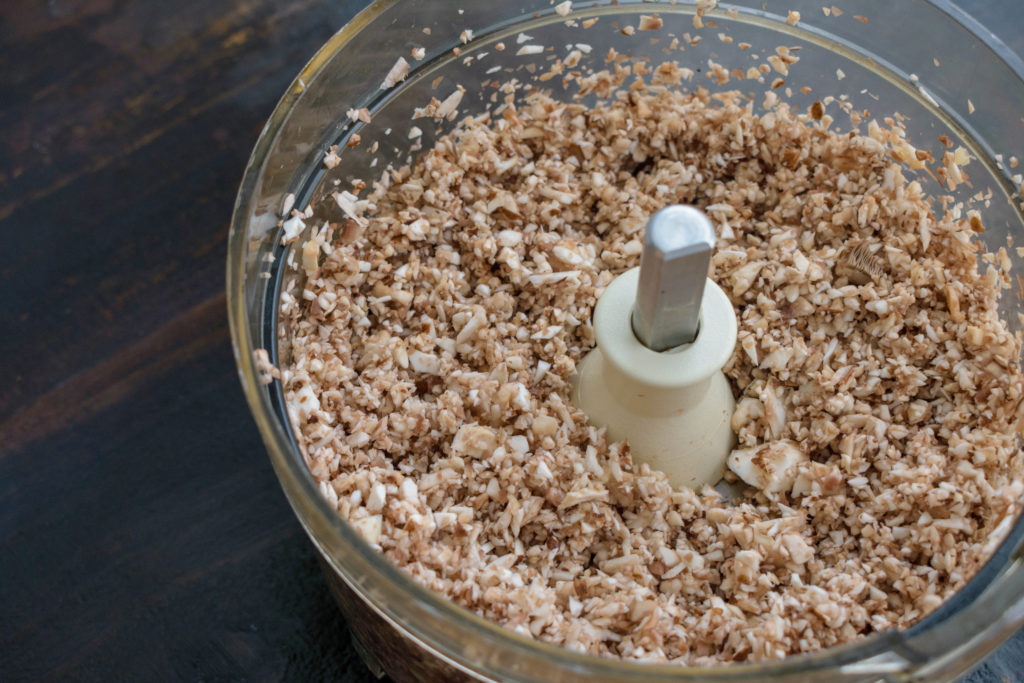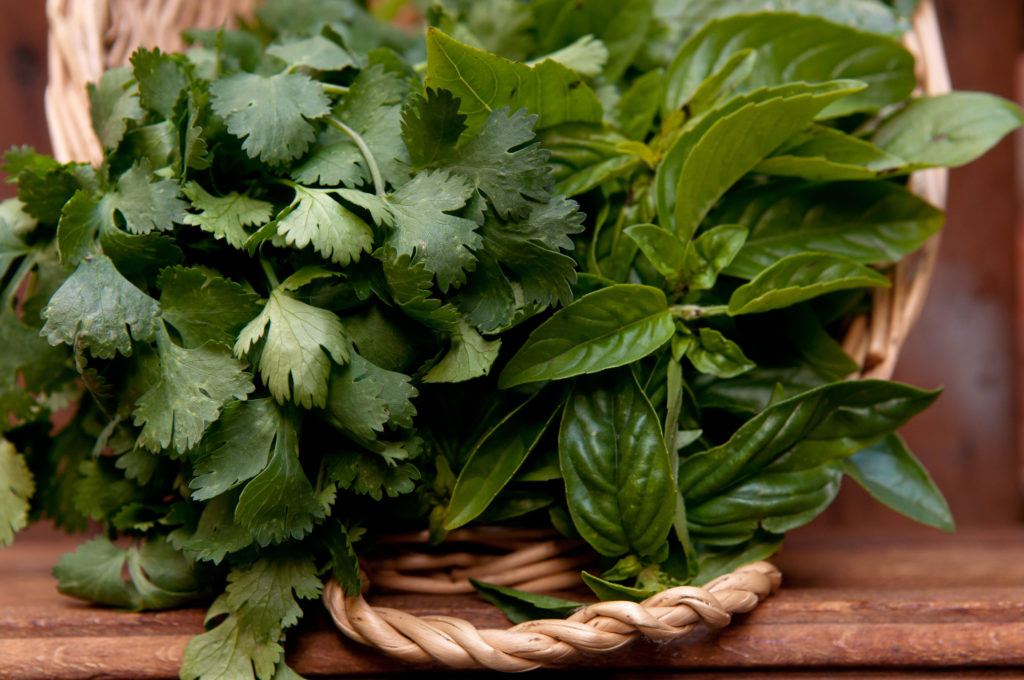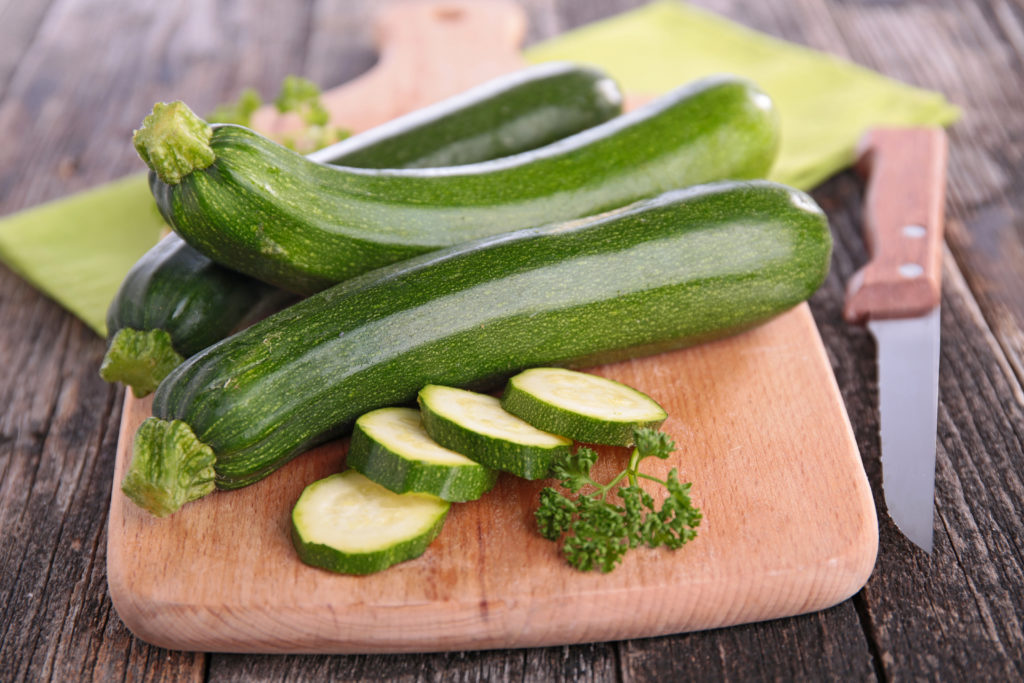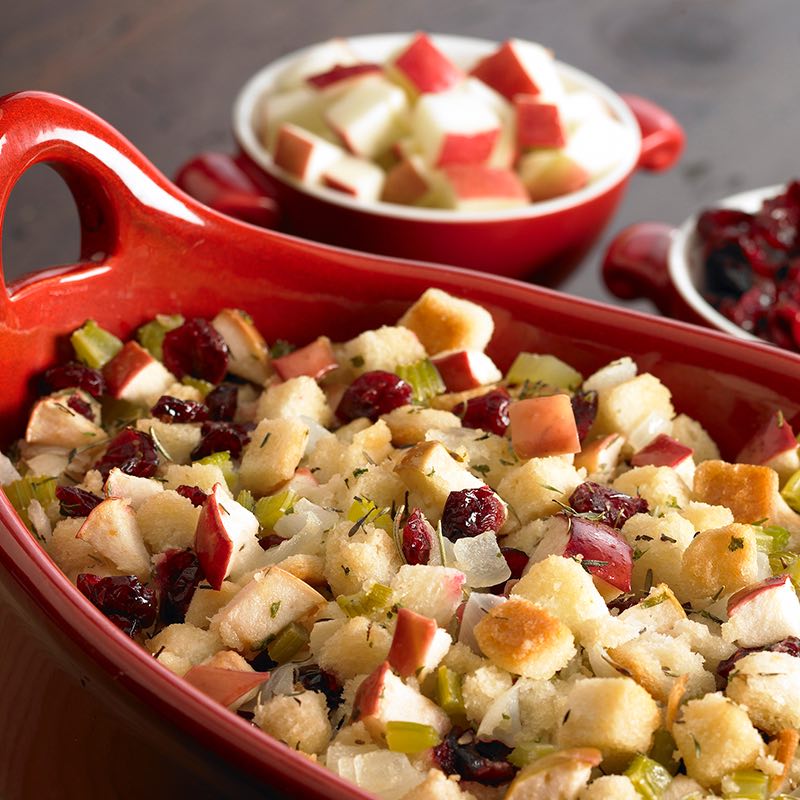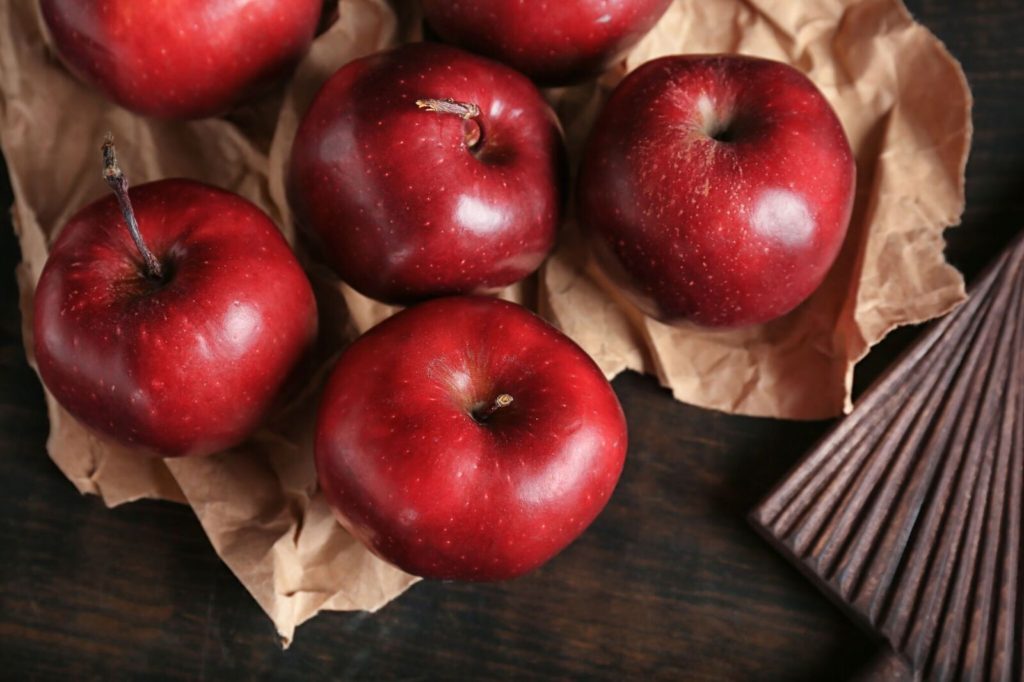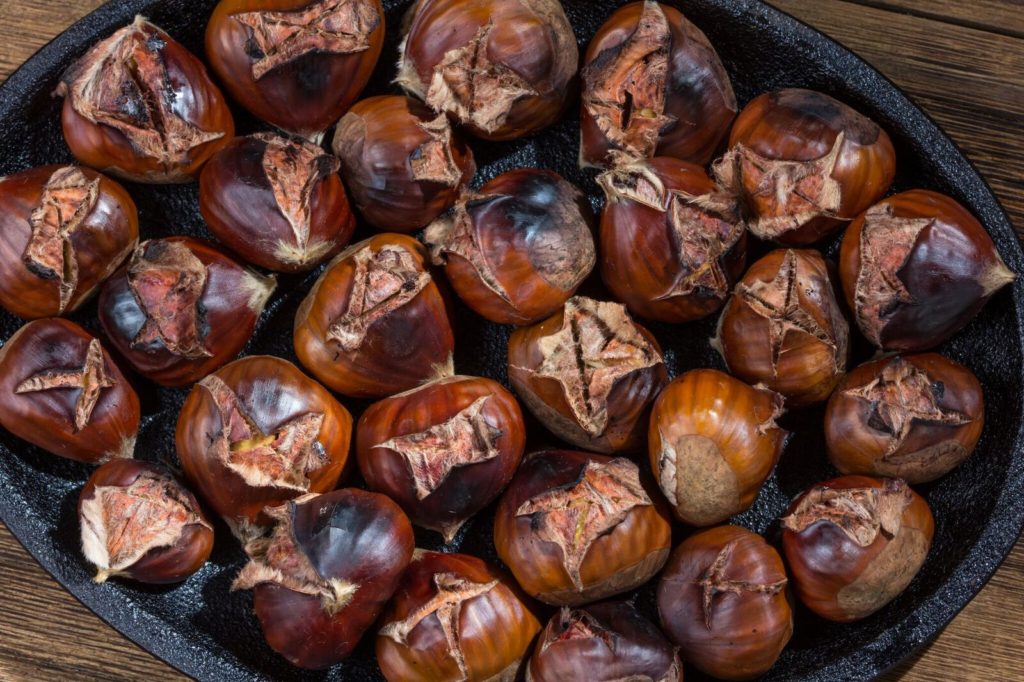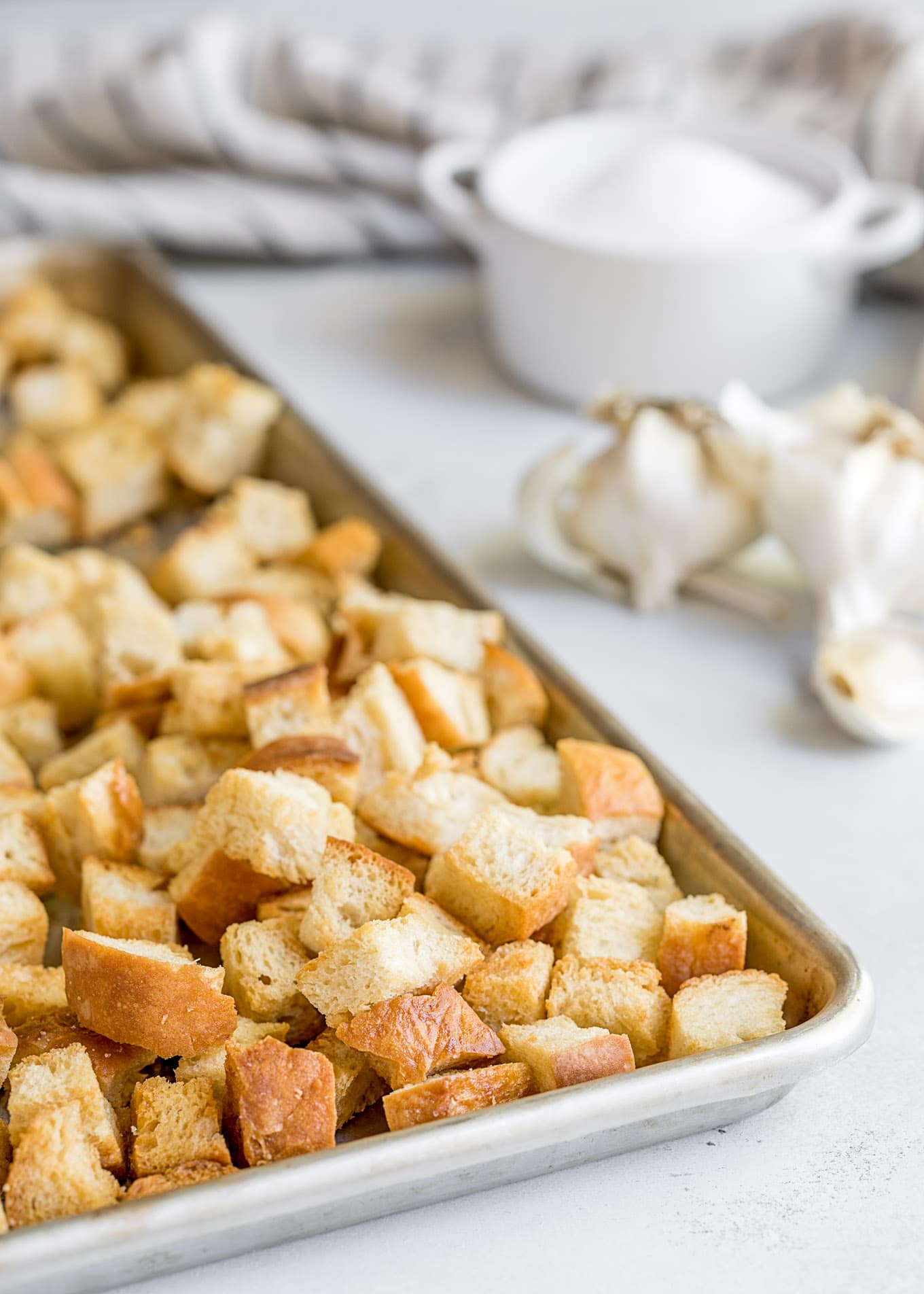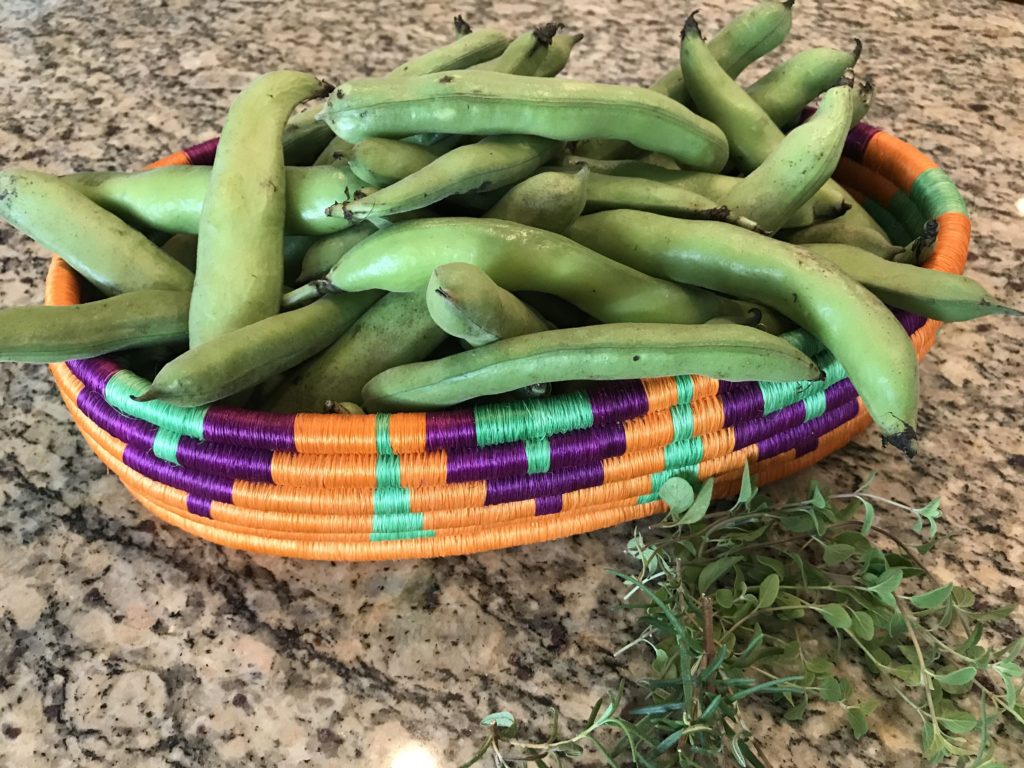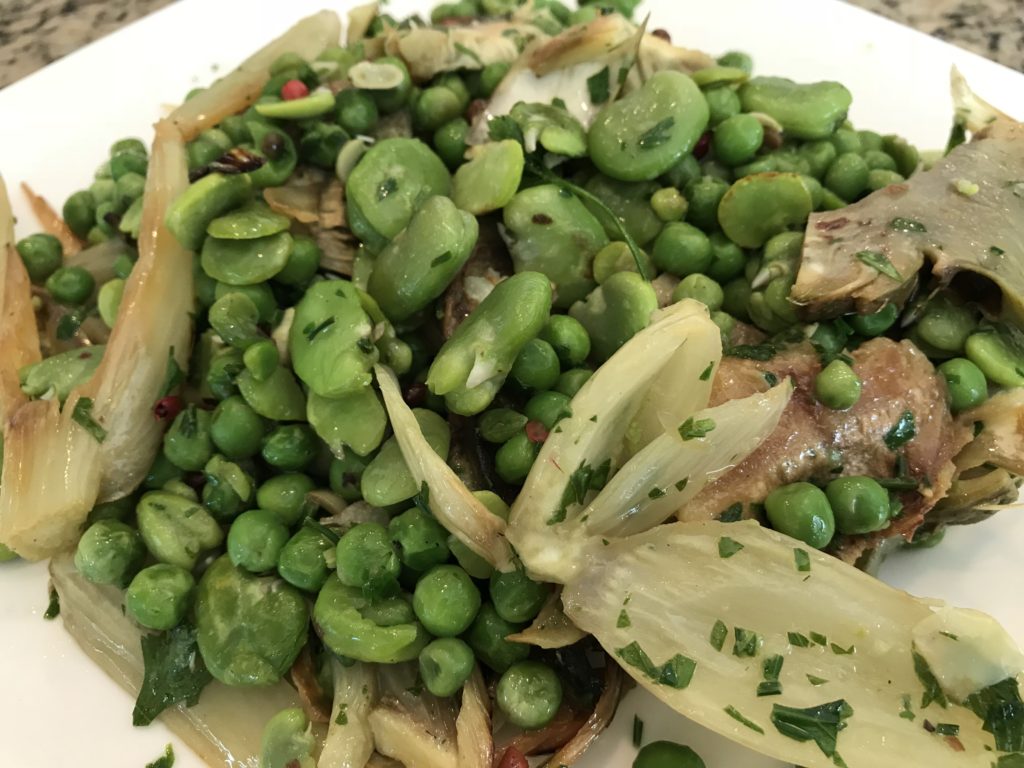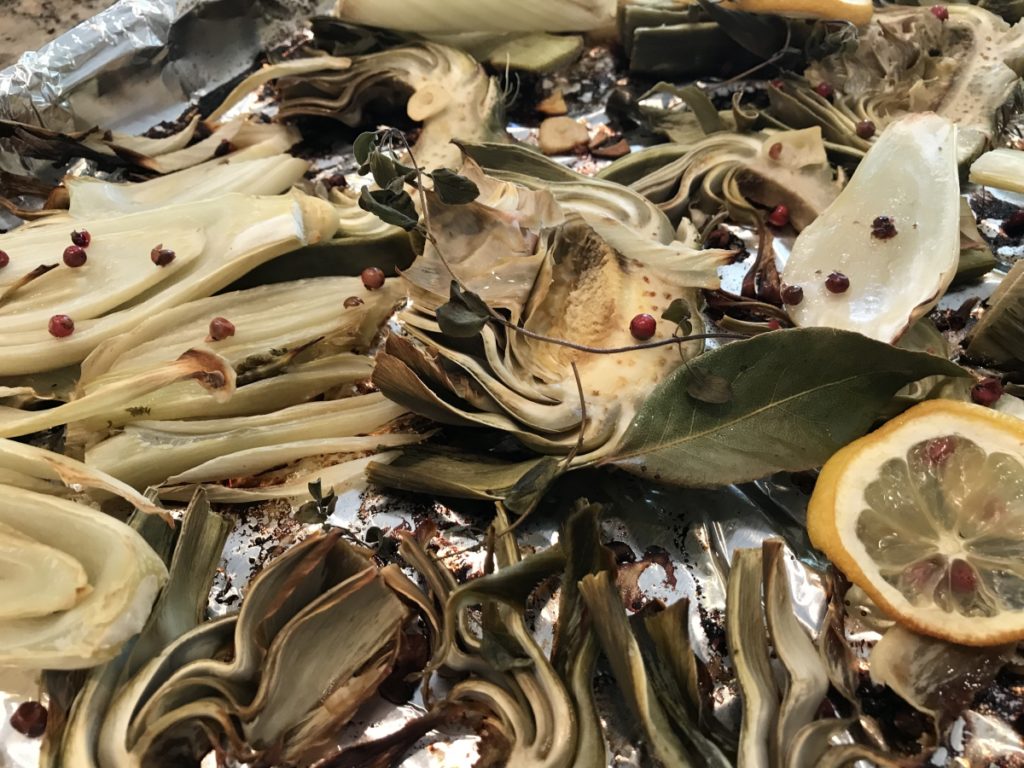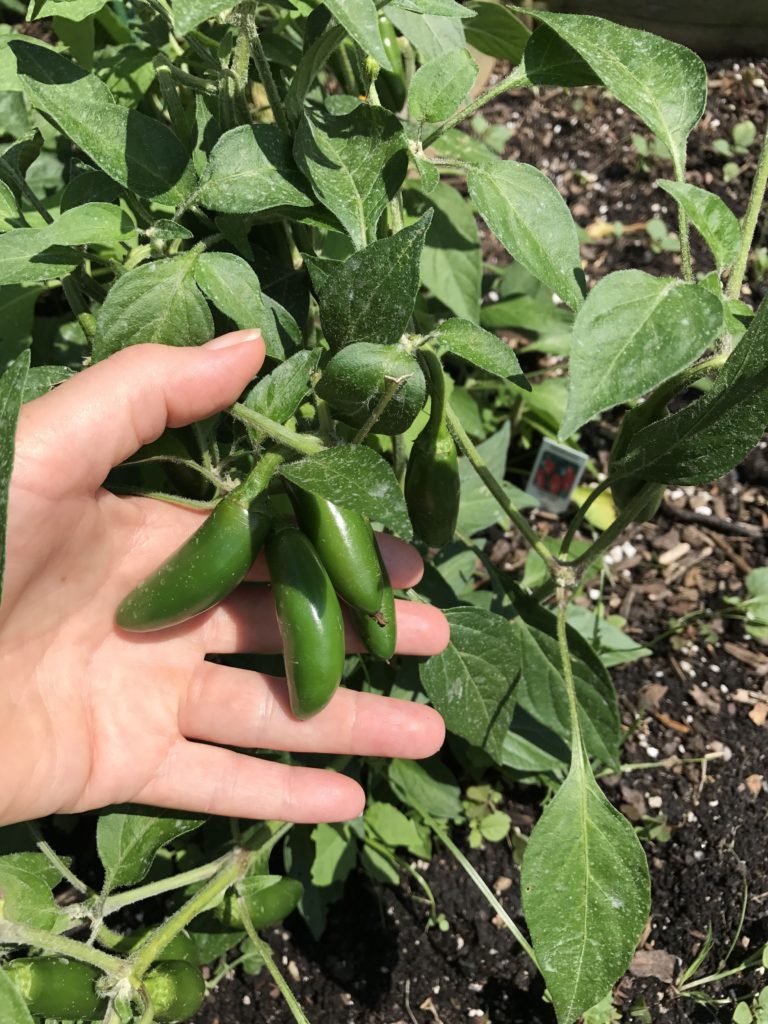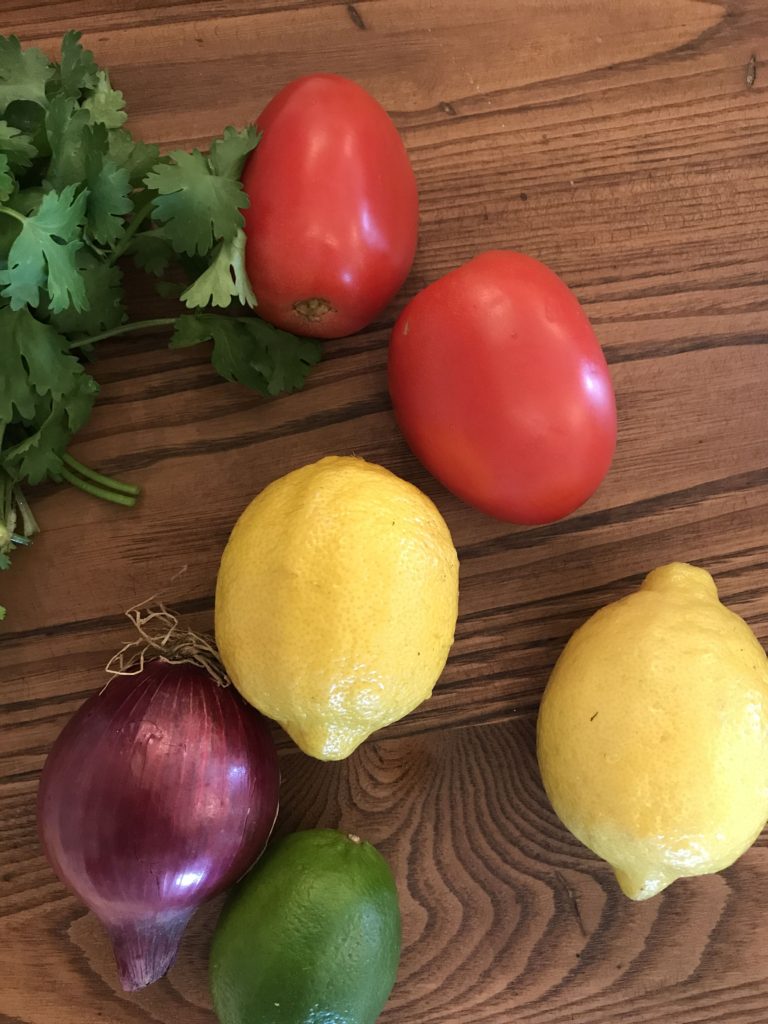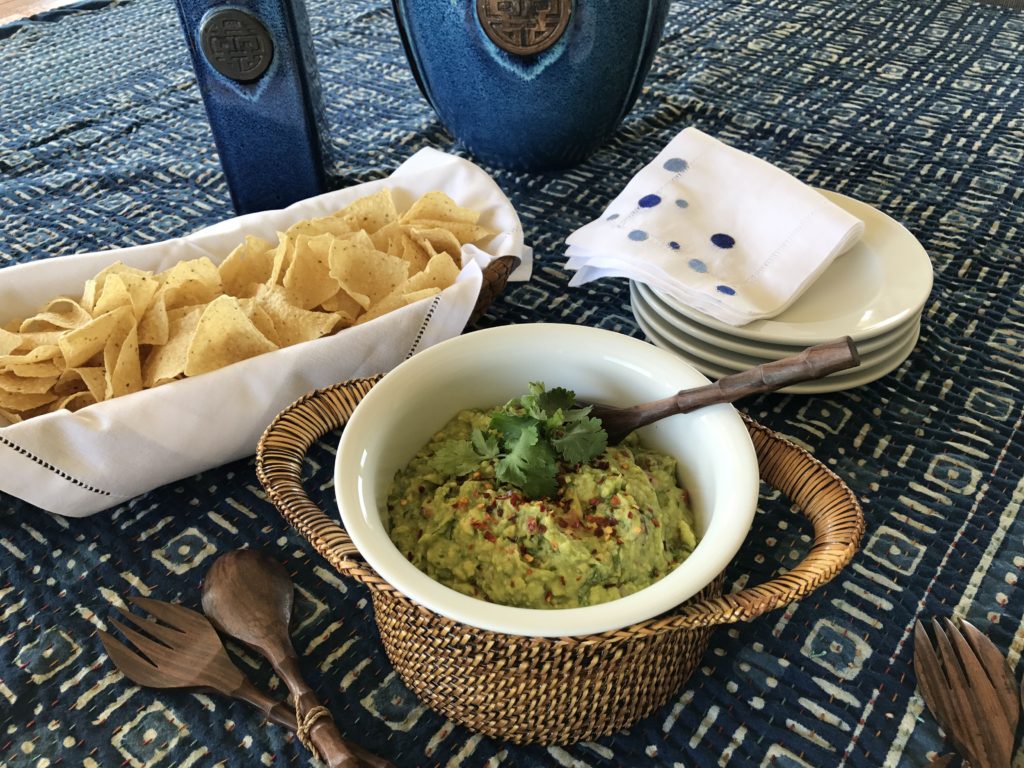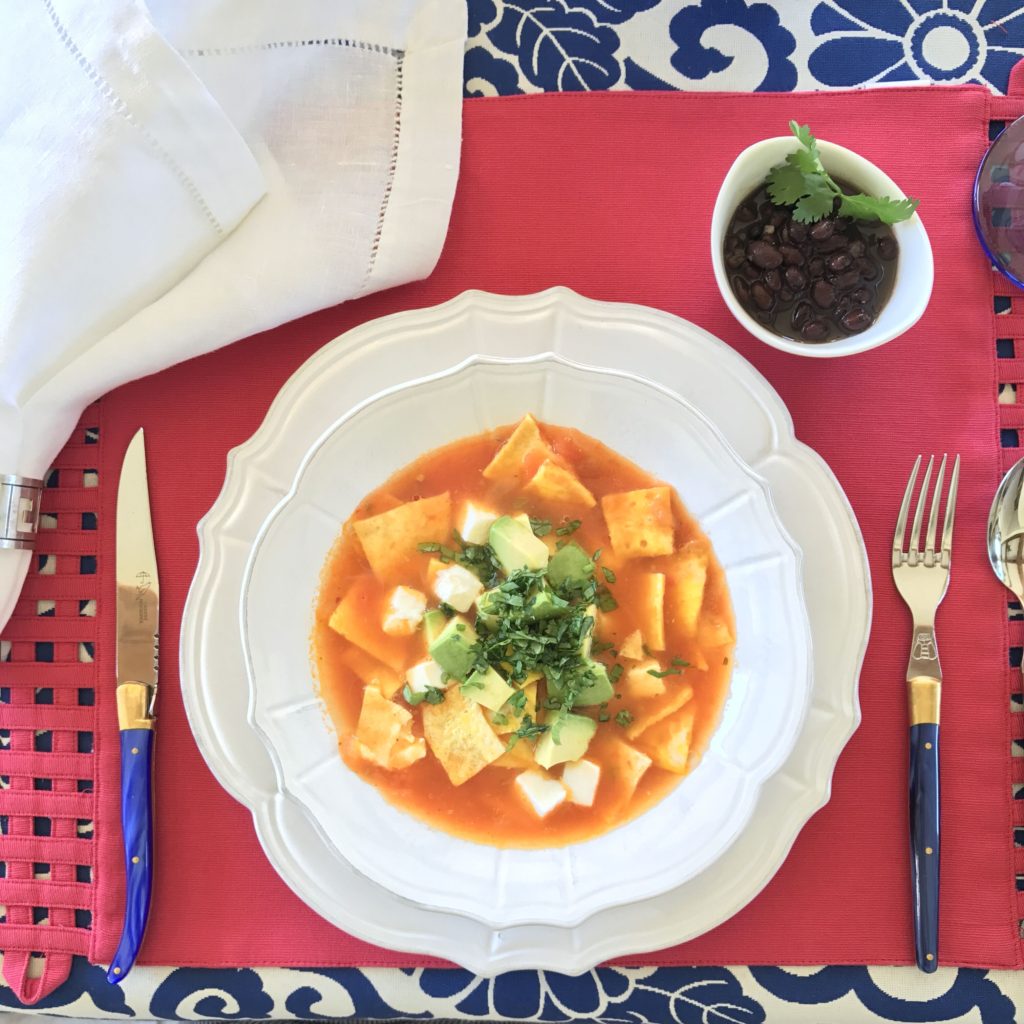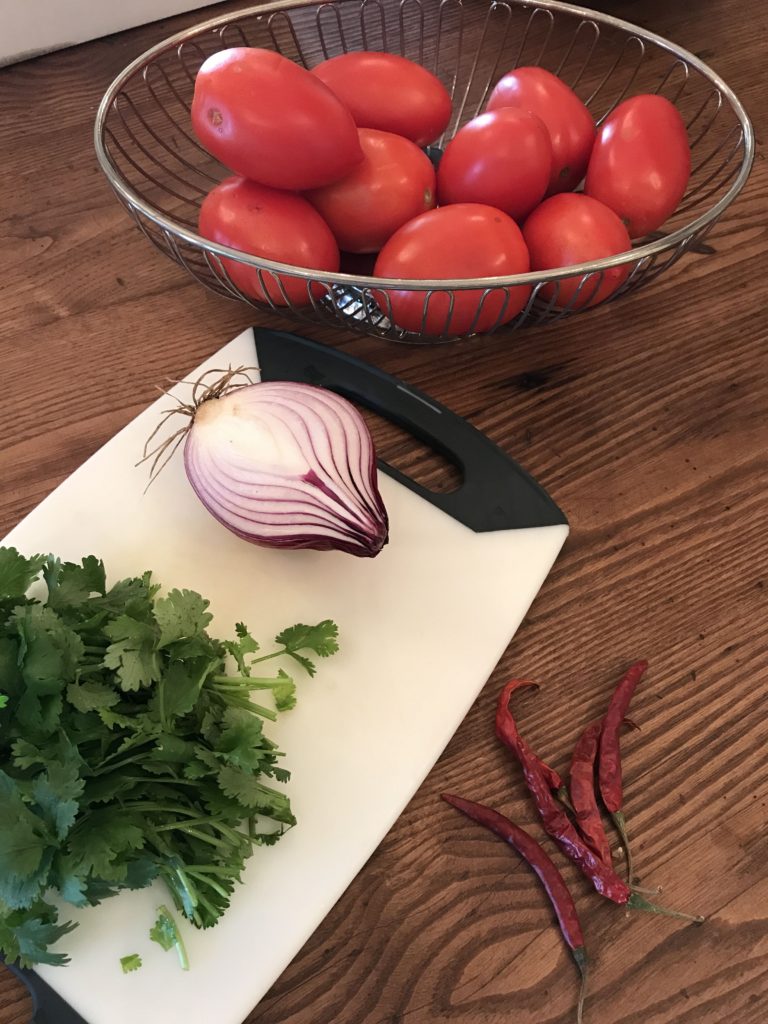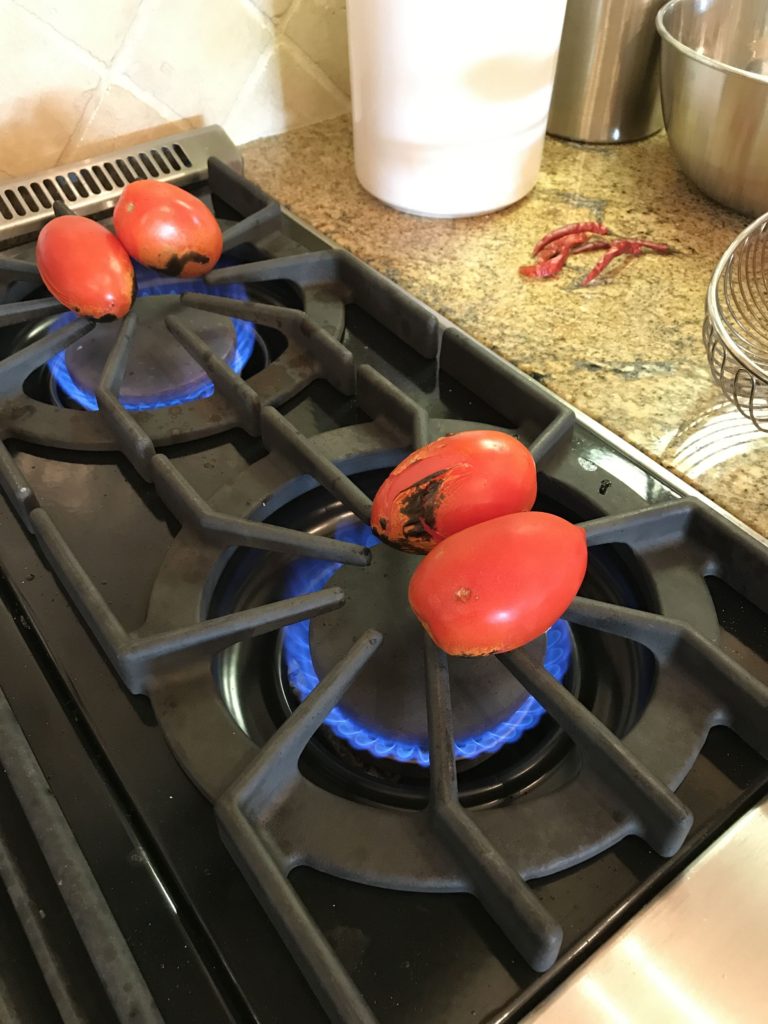This week I was meant to be home, but I was planning to be at The Ranch. Normally, this is the time of year my family and I get ready to transition to our summer home, and before the big haul I take a week to myself to hike, be in nature, eat healthfully, reset and recharge. I put all electronics aside and allow myself to think, dream and plot how to schedule time to do more of what I love.
In response to the Covid-19 threat, like many of you, our family decided to self-quarantine, and all travel plans were cancelled. We have been home since mid-March and as we eased into a routine I naturally found myself walking more, dreaming more and simply spending time doing the things I love and never have time for—being with family, reading, organizing, cuddling with my pets, and cooking. Inspired to pull out some tried and true recipes, we have had a lot of fun revisiting the dishes we’ve loved and shared so many times with family and friends, and on so many happy occasions.
Then, I received a gift from my friends at The Ranch, a copy of their new cookbook, Food, Food, Food, featuring deliciously wonderful plant-based recipes. I love the food at The Ranch because it is so like the way we eat at home—seasonal, whole, plant-based foods. Since we were already sheltered-in-place, and even grocery runs were off the table, I had to improvise with a few of the recipes.
This aromatic, filling, sweet potato hash was inspired by the Ranch’s recipe, and it was a big hit with the family. When I shared it on Instagram several friends DM’ed me to say they tried it at home and loved it, too. It’s the kind of comfort food that builds you up, it is healthful, whole and full of immune boosting ingredients that are on hand in most kitchens.
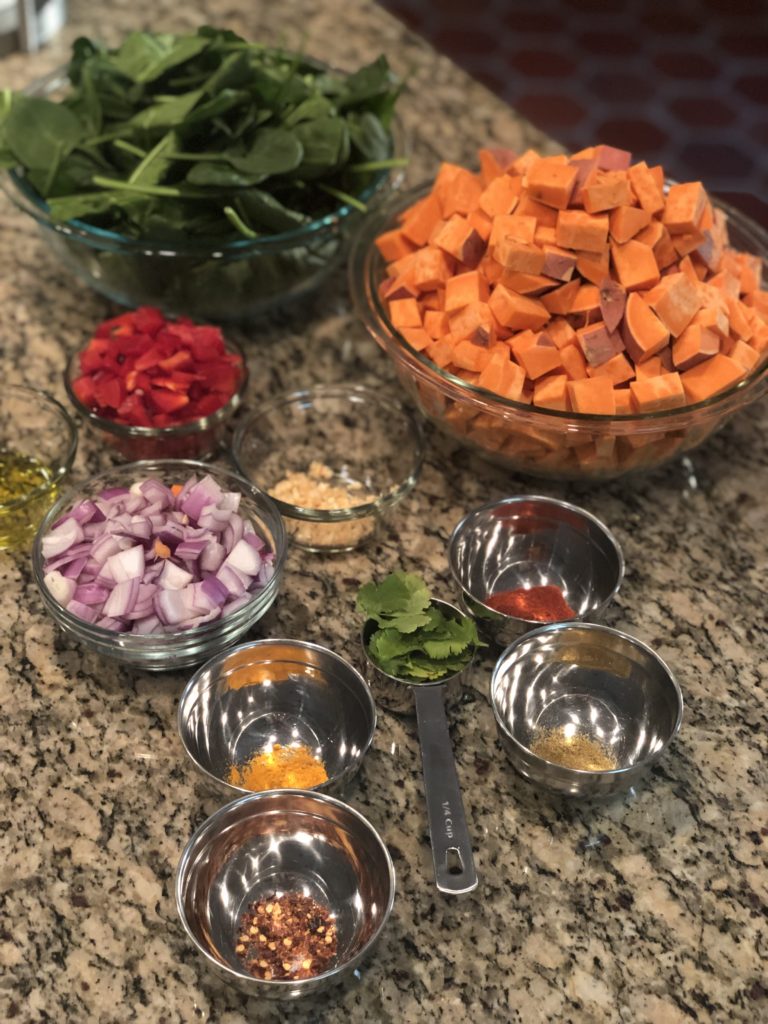
Yield: Serves 6






